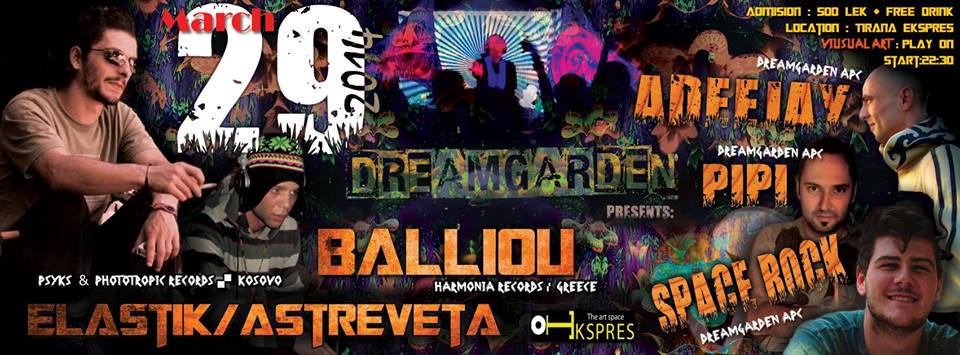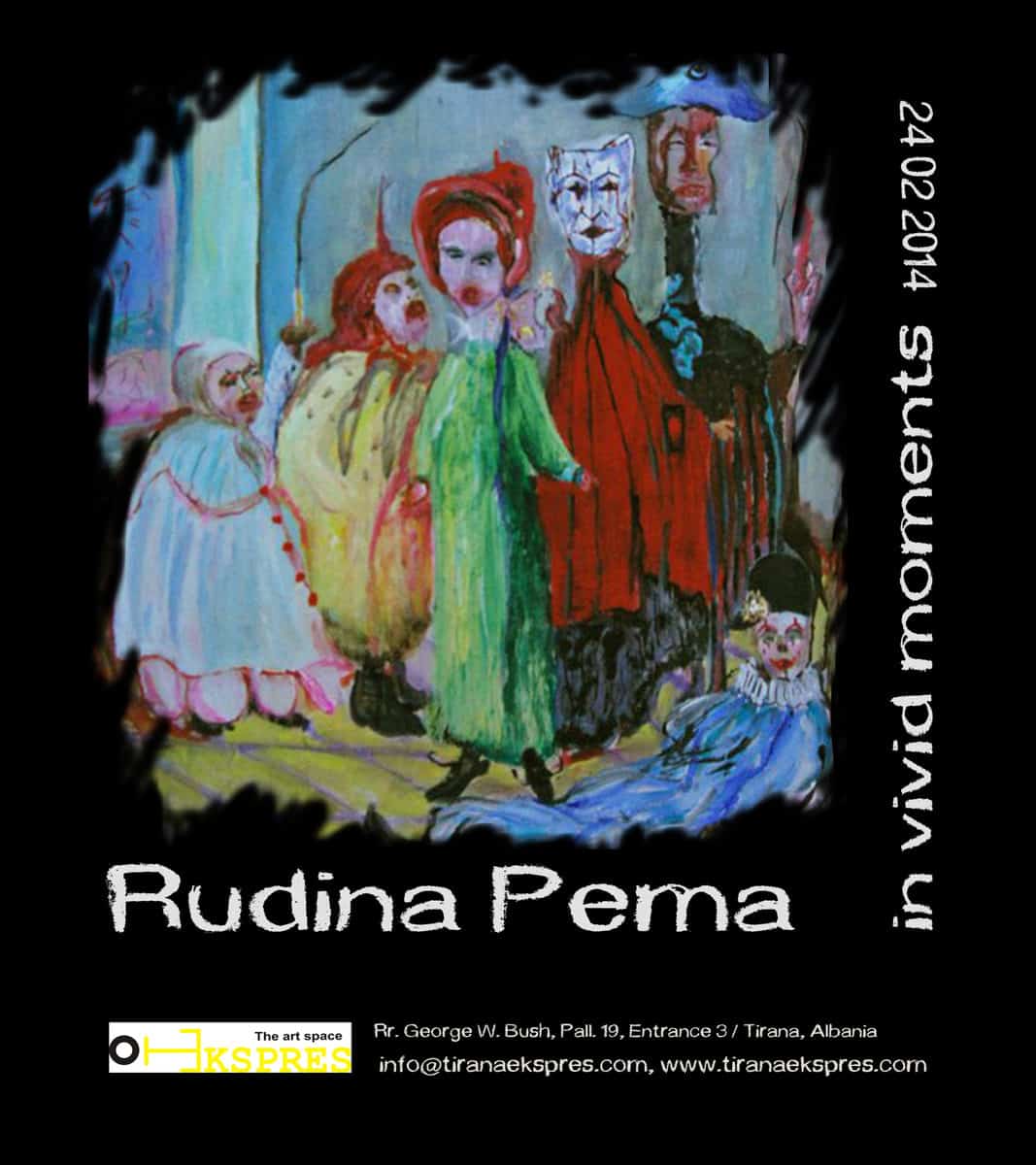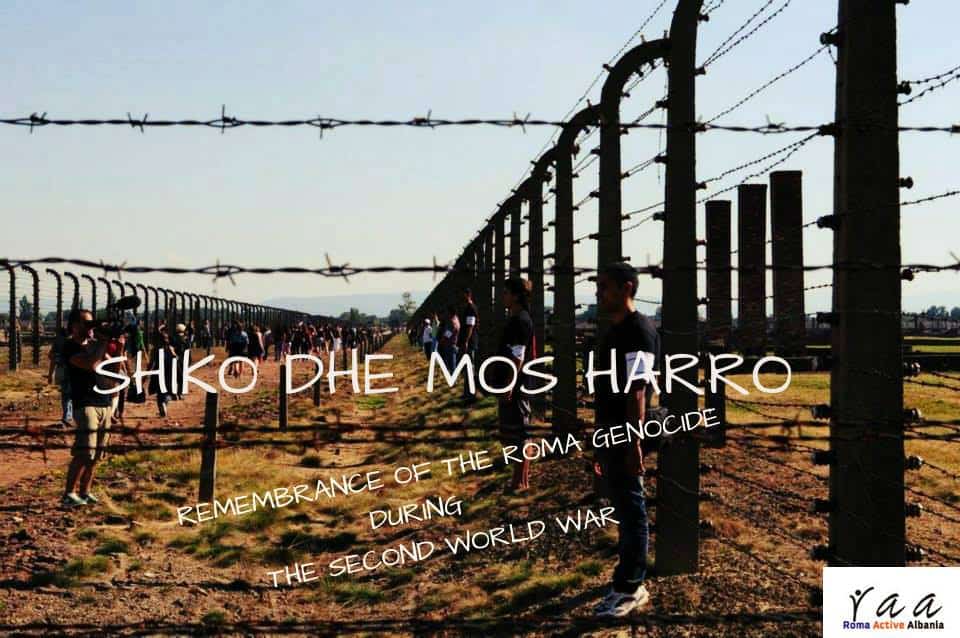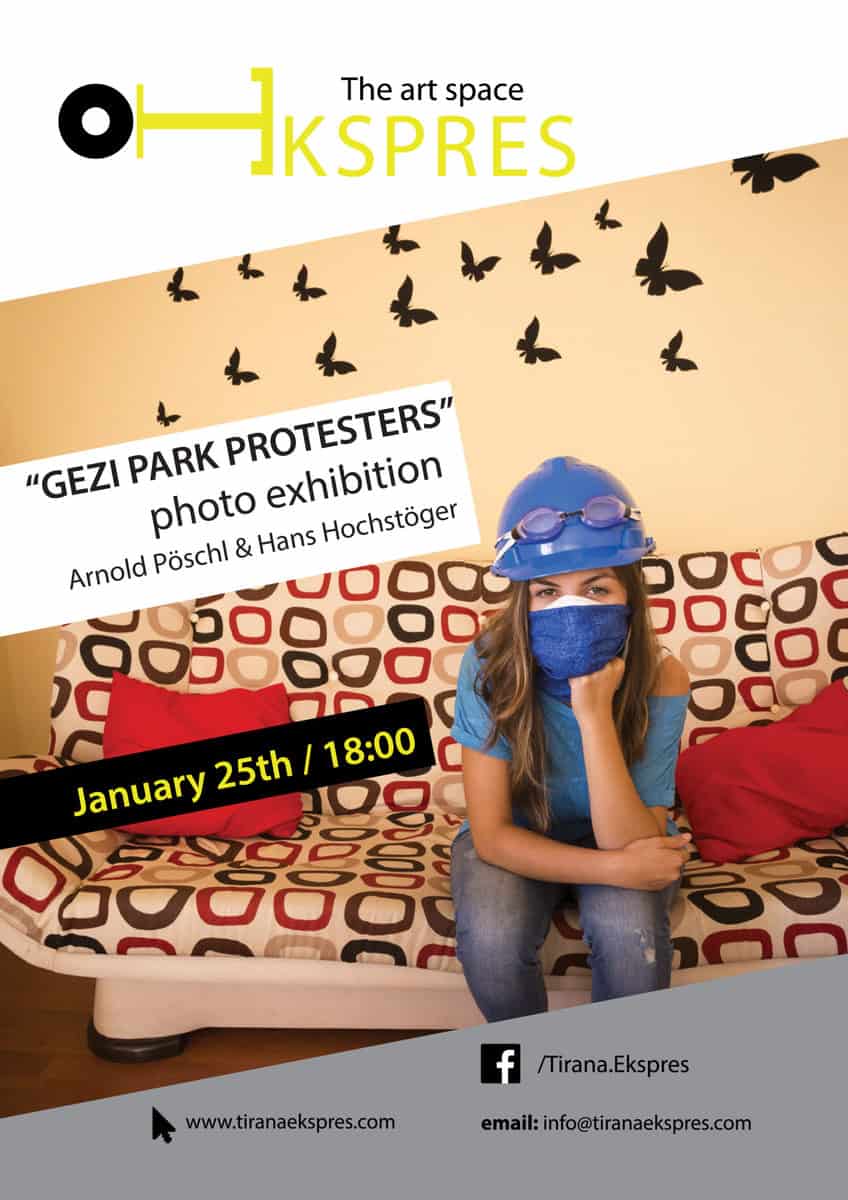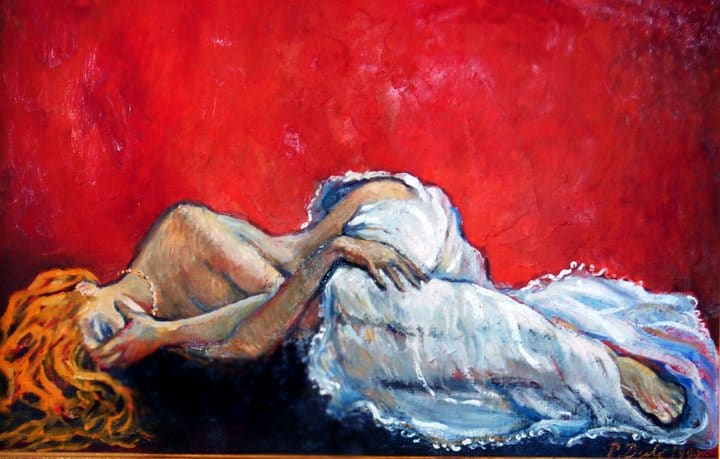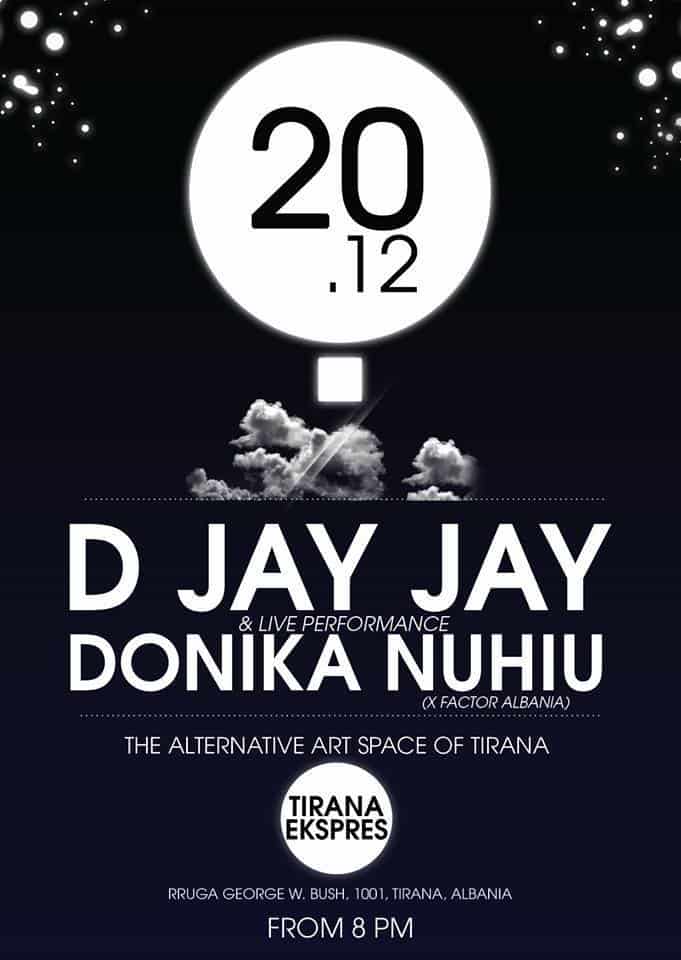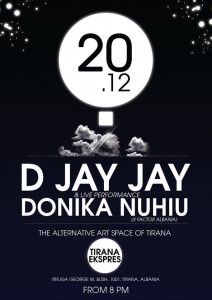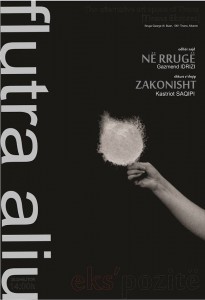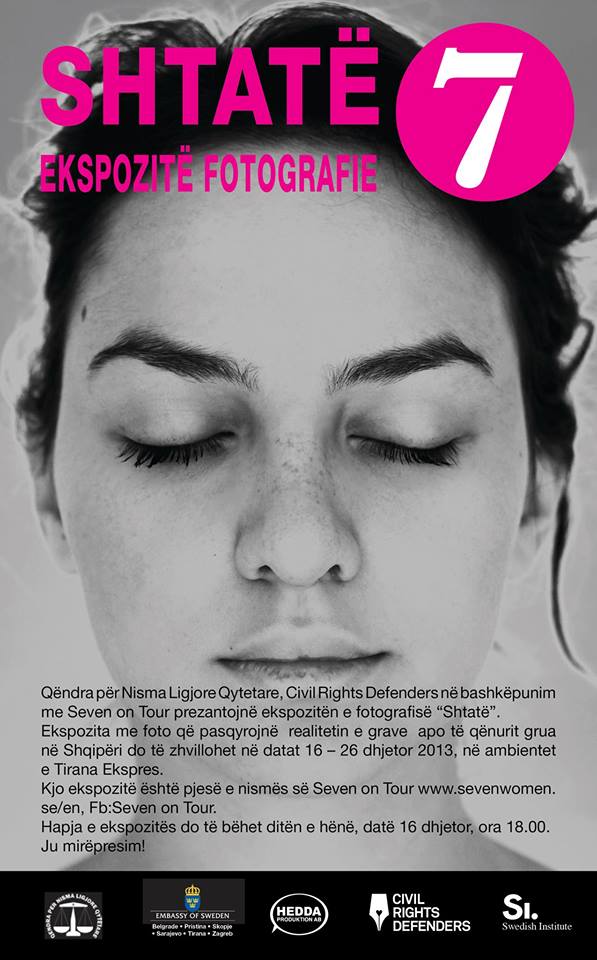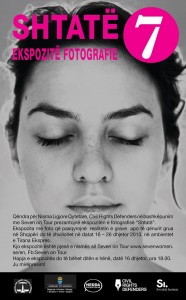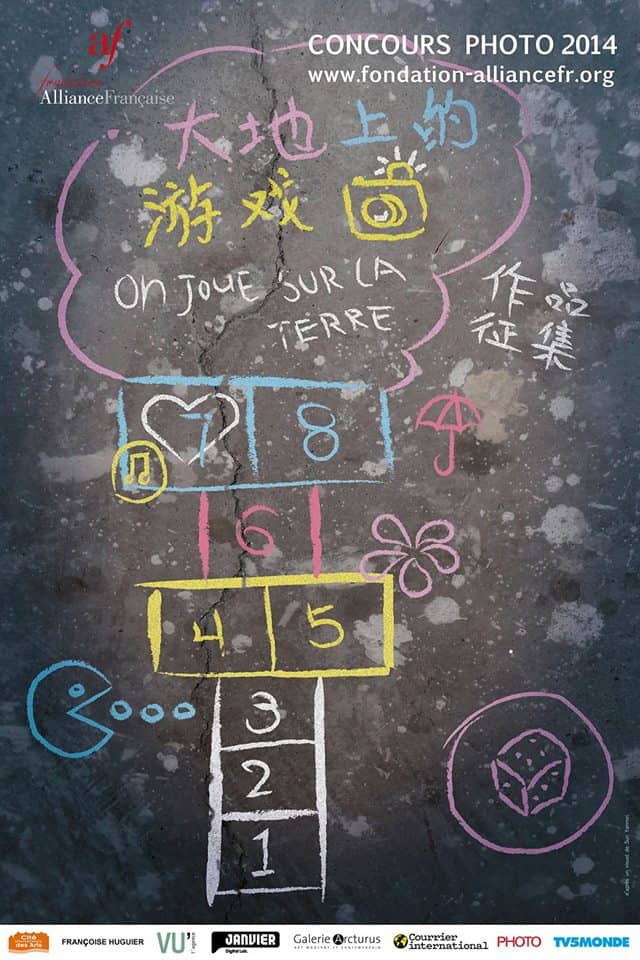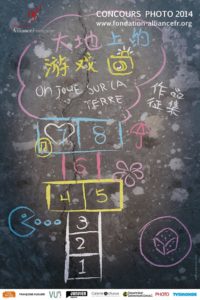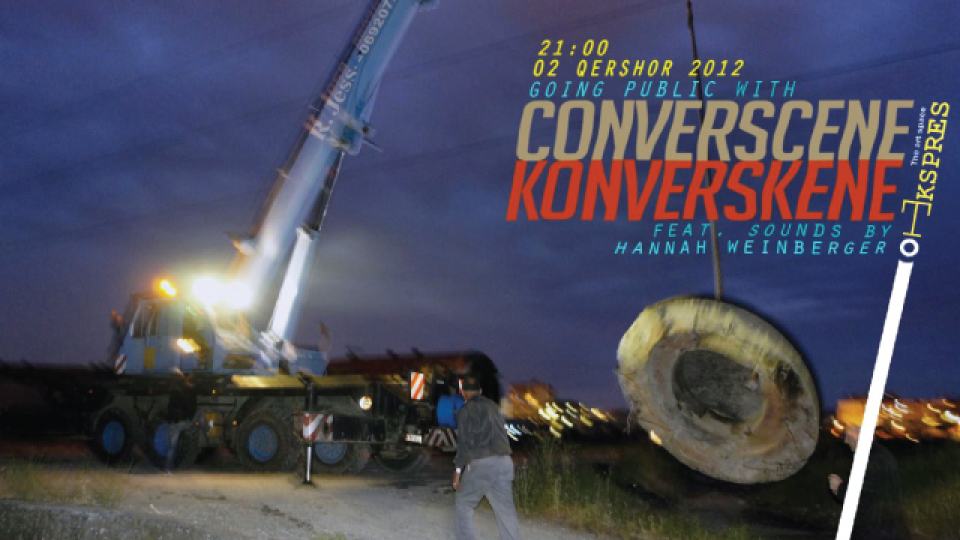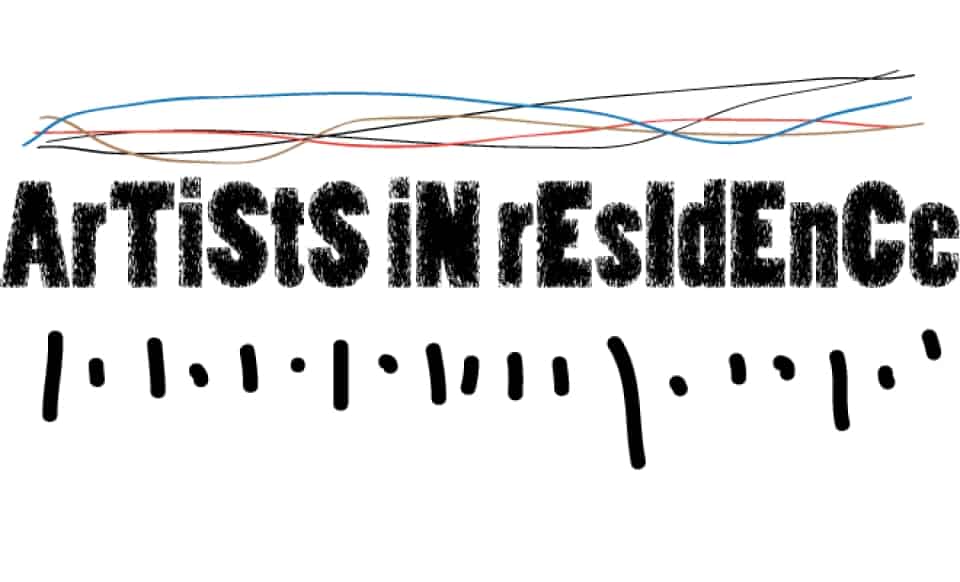Culture, Past Events, Visual Arts
 Converscene is a project from Niku Aleks Muçaj on refunctionalisation of one of the most relevant symbols of the socialist realism, the bunker. He has build an installation on the outdoor concert space an will showcase it this Saturday, June 02 at 21h00. You will learn more about it during the event. Until then, please read the info below.
Converscene is a project from Niku Aleks Muçaj on refunctionalisation of one of the most relevant symbols of the socialist realism, the bunker. He has build an installation on the outdoor concert space an will showcase it this Saturday, June 02 at 21h00. You will learn more about it during the event. Until then, please read the info below.
Converscene/Konverkene introduction
The fall of the regime in 1991 presented an unprecedented conundrum for the Albanian territory. Land which was confiscated by the Albanian Labor Party following the Liberation of Albania was being returned to their original owners with a massive amount of foreign objects built by the regime, and placed regularly and ubiquitously: the bunkers. These defense structure, built under the clause of national defense were a reflection of the paranoia, populist militarization efforts, and xenophobic policies which became the core of Party doctrine. With estimates which vary from 500,000 to 1 million bunkers built between 1967 and 1986, the actual number, cost, and localization strategies of the bunkers remain just educated guesses due to the regime’s tight control over information, and the post-regime’s lack of interest in this section of albanian history. What is clear is that Albania was prepared for a land invasion, it’s just that no one bothered to come…
The transitionary 90’s presented Albania to the international community after 45 years of isolation, and left any supposed threat of military altercations in the past. The bunkers quickly transformed from our land’s armor into stubborn relics of a painful past, without any clear purpose or meaning. Their cost (estimated to be equivalent to an apartment during Hoxha’s rule) built a subtle resentment in the minds of albanians, but their weight and rigidity prevented them from being removed or destroyed. So there they stayed, where they were placed, covered by vegetation and slowly sinking into the ground. The bunkers were transforming into a natural part of the landscape, both physically and metaphysically.
During this period of massive informal territorial transformation, appropriation became the default process. It’s better to say sorry and pay a kafe than ask for permission. Part of this zeitgeist was also the independent ad-hoc transformation of a limited and scattered number of bunkers. A shoe smith’s workshop here, a chicken coop there, a depo a little further down, a restaurant inside a larger “Pikë Zjarri”, and so on. These isolated cases were gradually becoming more prevalent, also fueled by tourists’ curiosity and surprise. The bunker transformations became more lucrative in nature, and more visible in the landscape.
The Concrete Mushrooms project, presented at the Politecnico di Milano in 2009, was the first formal effort to research and explain the bunkers at the national and international stage; with the aim of raising awareness and revitalizing the structures with a holistic project in the context of tourism. Initiated as a humble academic research, the project took a life of its own with the creation of a website which hosted elements from the project. Responses were categorically positive and unexpectedly numerous by both Albanians and foreigners– something which for the team translated into a clear indicator of the potential these bunkers hold, and also that we were not the only ones to believe so; therefore the project was determined to remain conceptually as a set of instructions and a platform for debate and bunker-related creativity.
Mucaj’s ‘Converscene/Konverskene’ installation at Tirana Ekspres presents the first realized transformation project done following a collaborative research and a formal project. The scene, installed in the outdoor space of Tirana Ekspres, overthrows three “Qëndër Zjarri” bunkers’ domes to create a new open air scene for the gallery. The stage is a new platform for all artistic expression and is inherently a powerful base for bringing up issues such as isolation, collective memory, and identity. Thus, the stage can be understood also as an agora– a public space where the appropriation and democratization process is happening physically. The purposeful deconstruction of the “concrete mushrooms” – the bunkers – and their transformation into a multi-modular stage shall be a symbol for the social transformation: the necessity for Albanian society to go through a similar process – from bunkers to stages.
Other bunker related documentation, research, and projects, such as Violana Murataj’s research “The Bunkers”, Martijn Payens’ documentary “Mushrooms of Concrete”, Olia Miho’s intervention “Cathedrals”, Alicja Dobrucka’s photoessay “Pillboxes”, and David Galjaard’s photo-book “Concresco”, define clearly an increasing realization of the impact and interest that these bunkers hold. This appears to be only the beginning for Albania’s forgotten bunkers.
– Elian Stefa
Concrete Mushrooms Co-Founder
http://converscene.org/
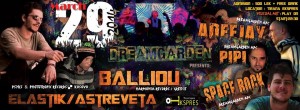 Saturday, 29th March 2014, 22.30: Tirana Ekspres (The alternative art space of Tirana) will open its doors to the Dreamgarden APC (Albanian Psychedelic Community) for the Psychedelic Spring edition 2014.
Saturday, 29th March 2014, 22.30: Tirana Ekspres (The alternative art space of Tirana) will open its doors to the Dreamgarden APC (Albanian Psychedelic Community) for the Psychedelic Spring edition 2014.
